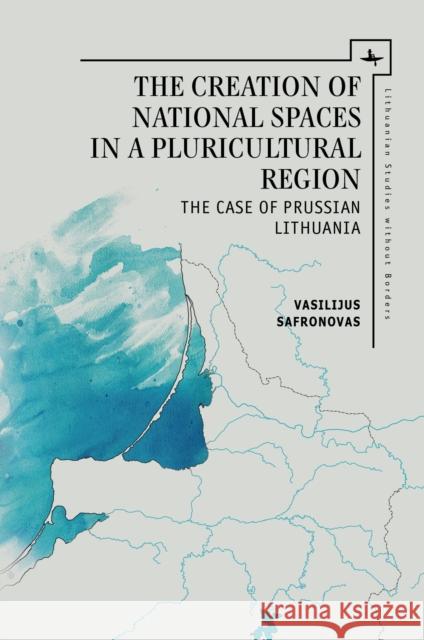The Creation of National Spaces in a Pluricultural Region: The Case of Prussian Lithuania » książka
The Creation of National Spaces in a Pluricultural Region: The Case of Prussian Lithuania
ISBN-13: 9781618115249 / Angielski / Twarda / 2016 / 470 str.
This book is essential reading on the spatial concepts that two erstwhile neighboring cultures, Lithuanian and German, once associated with one physical space--a Lithuanian region in Prussia. Covering a period of five centuries, the author explores how, when, and, most importantly, why these concepts have been developed and transformed, regulating the spatial imagination of several generations. The study focuses on the nineteenth and twentieth centuries, presenting the narratives, representations, and geographic conceptions of the region that existed in these two national cultures. The volume shows how knowledge about "their own" space ended up serving as a tool for both Lithuanian and German political aspirations and how it challenged the spatial concepts about this area in the previous century.
This book is essential reading on the spatial concepts that two erstwhile neighboring cultures, Lithuanian and German, once associated with one physical space--a Lithuanian region in Prussia. Covering a period of five centuries, the author explores how, when, and, most importantly, why these concepts have been developed and transformed, regulating the spatial imagination of several generations. The study focuses on the nineteenth and twentieth centuries, presenting the narratives, representations, and geographic conceptions of the region that existed in these two national cultures. The volume shows how knowledge about their own space ended up serving as a tool for both Lithuanian and German political aspirations and how it challenged the spatial concepts about this area in the previous century.











